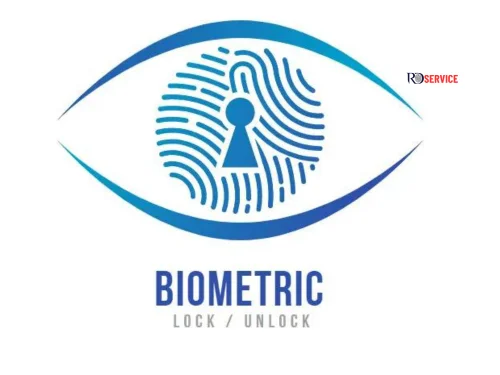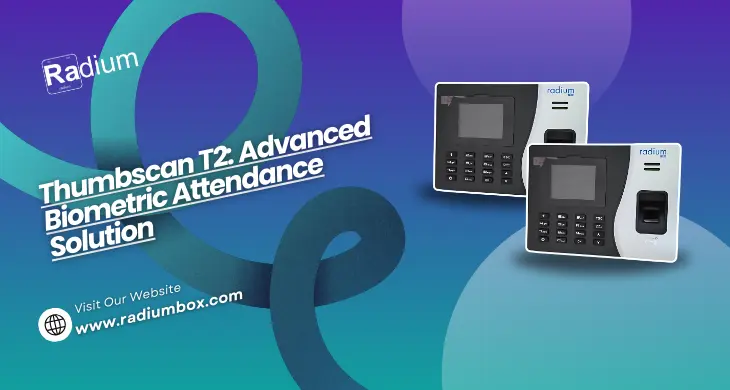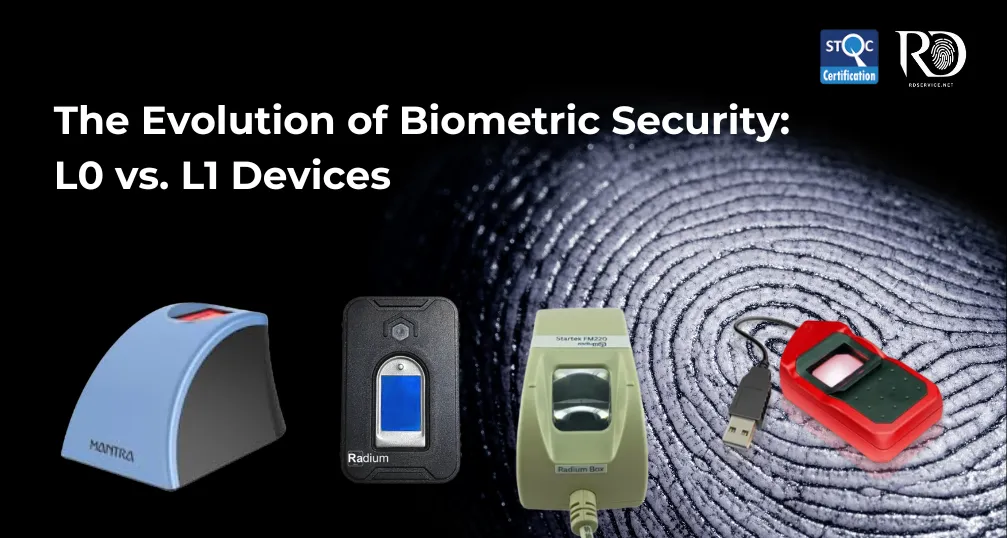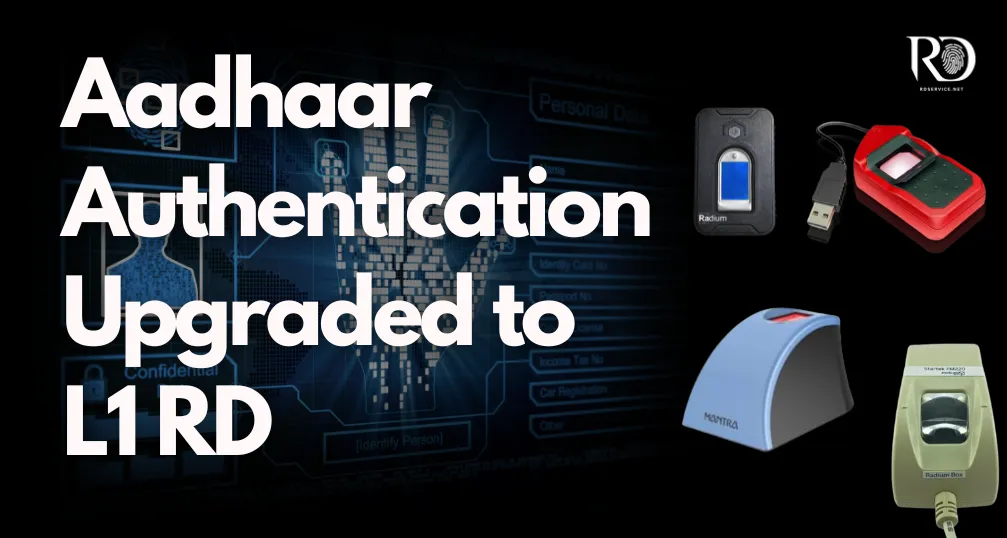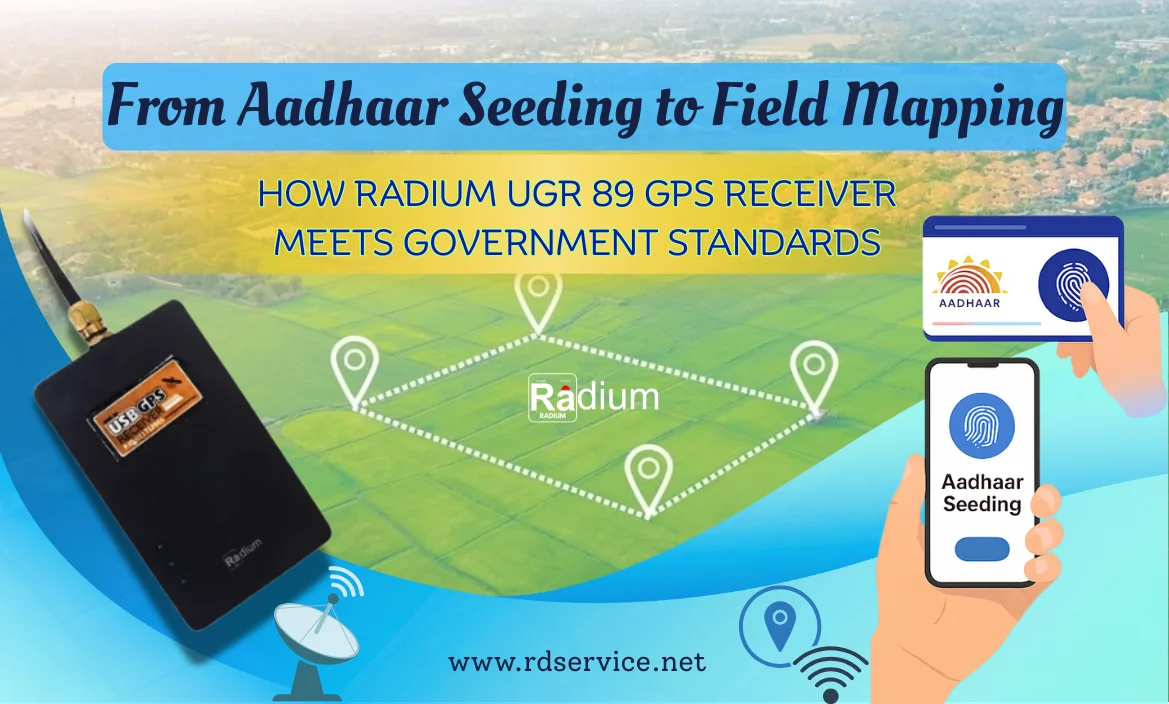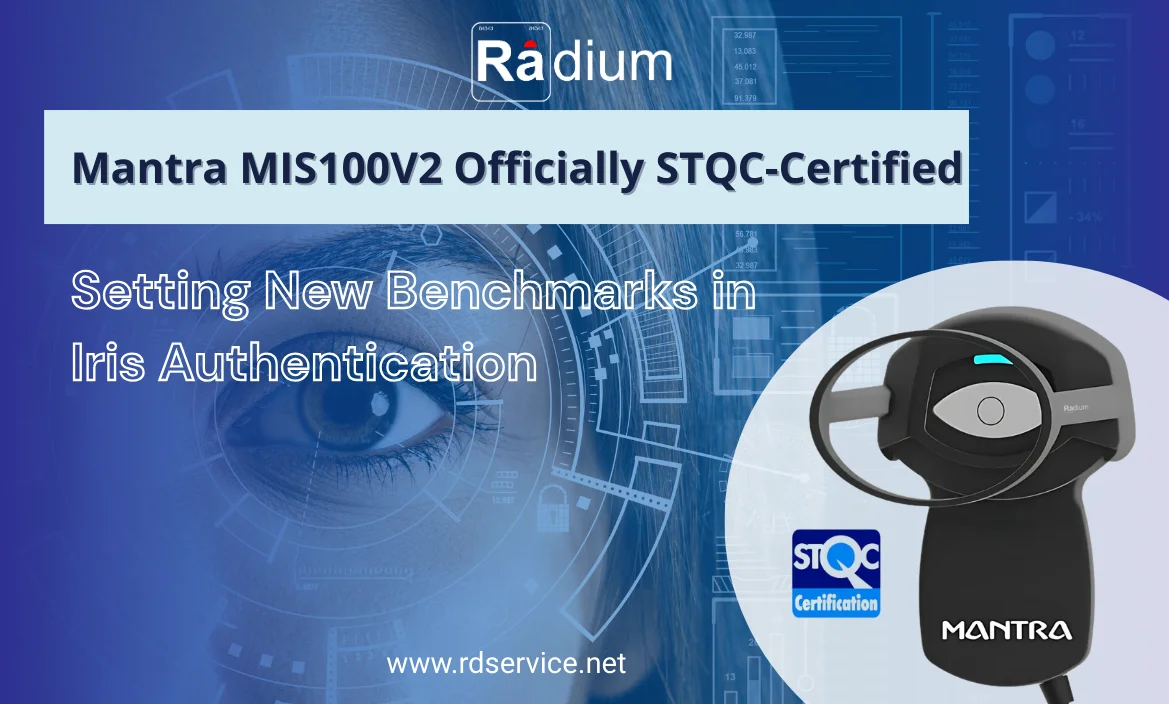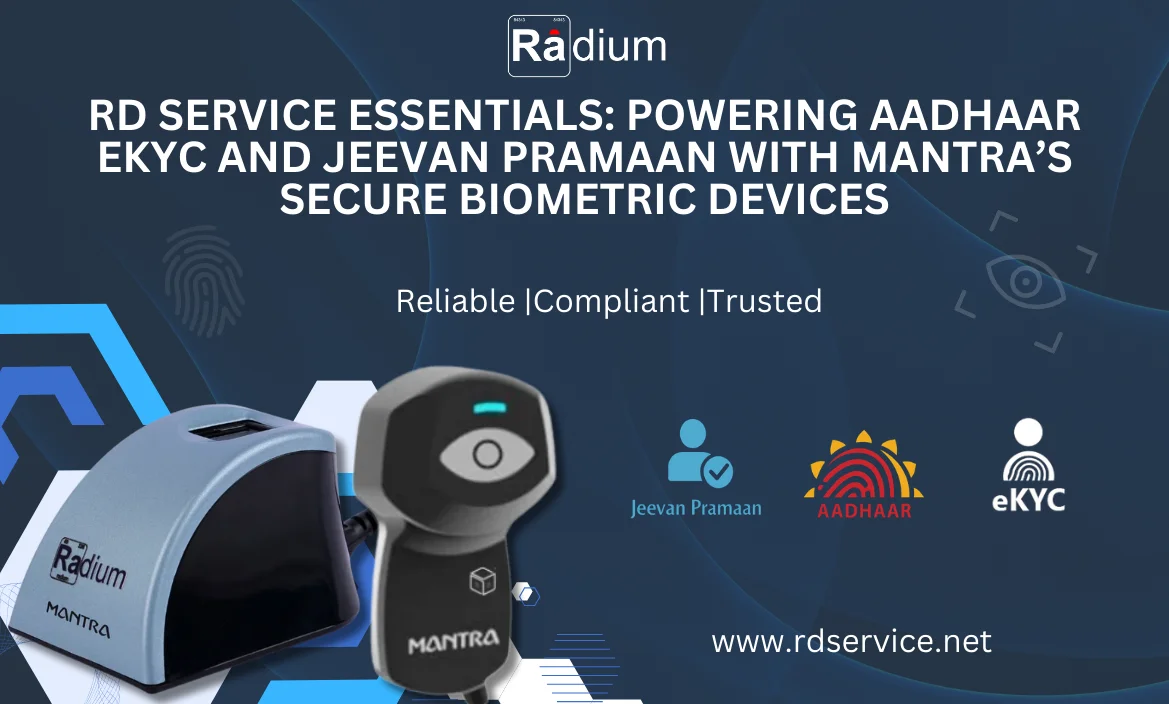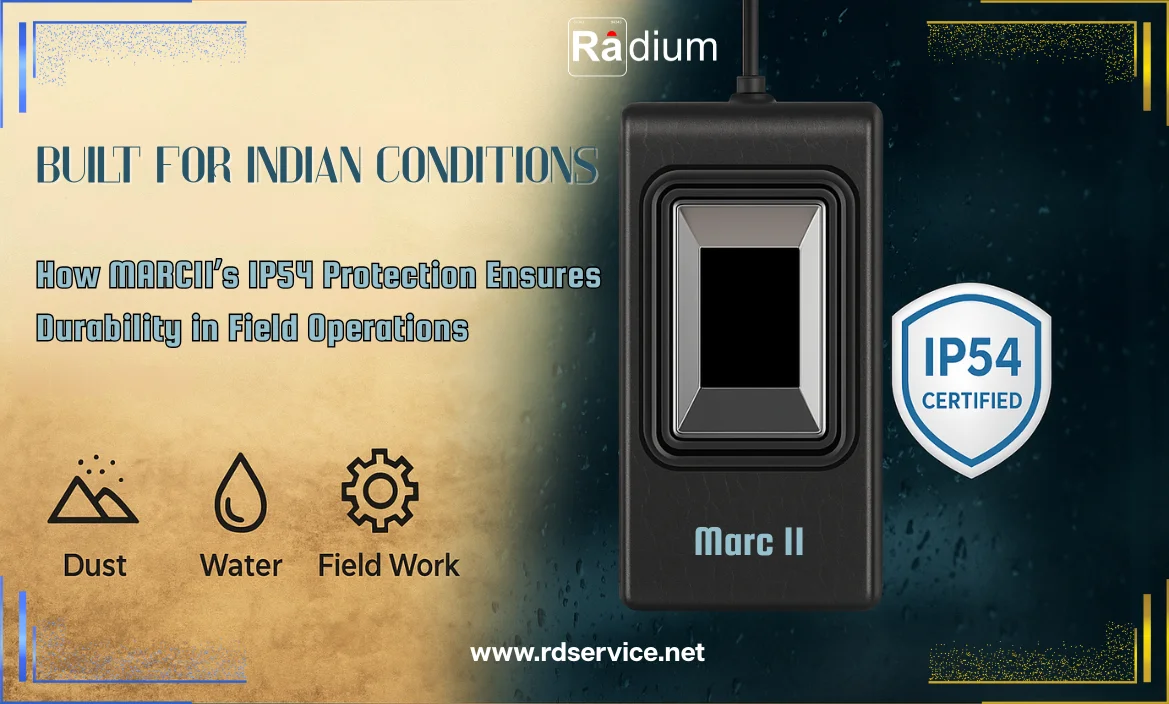
As far as GPS navigation is concerned, reliability is not a feature, but a necessity. You need your GPS receiver to remain active in a city canyon, maneuvering a boat in foggy coastal waters, or monitoring the data of a field in the middle of a forest, you need your receiver to maintain the connection with satellite signals despite the environment. That is where the GlobalSat GStar BU - 353N fits in. Designed to be used in the real world, this small and mighty GPS module has gained a solid reputation with both professionals and hobbyists alike to provide the same level of consistent and accurate positioning even when the going gets tough.
In This article will discuss not only how the BU-353N provides reliable GPS usage in extreme environments, but also why its design is so successful, and why it remains a popular and reliable choice in many industries, such as surveying, marine navigation, drone applications, and outdoor recreation.
Built for Tough Conditions from the Ground Up
GlobalSat GStar BU - 353N is not just another off the shelf GPS dongle. It is designed with signal integrity, environmental resiliency, and with ease of integration. Its core is the high-sensitivity SiRFstarIII chipset--a proven performer that has been credited with picking up weak satellite signals that other receivers would miss. This sensitivity plays an important role when you are working somewhere with less visibility of the satellites like under trees canopies, tall buildings, or mountainous areas.
The BU-353N also provides a steady fix, in contrast to simple GPS devices which usually go dead the instant all the satellites are out of sight. It is capable of following 20 satellites at once, which is much more effective concerning accuracy and the absence of signal failure. We have found that GlobalSat GStar GBU - 353N in at least "urban canyons" - the narrow streets bouncing and blocked by skyscrapers - can still give usable coordinates when cheaper ones do not work.
High Sensitivity Meets Smart Antenna Design
The active antenna built in one of the GlobalSat GStar BU - 353N is one of its secret weapons. Most GPS receivers use an external antenna or passive internal antenna and therefore may not perform well in low signal conditions. In the BU-353N, on the other hand, a high-gain active patch antenna is built right into the small housing. This antenna also intensifies the incoming signal of the satellites even before it reaches the processing chip and this provides the receiver with a lead in adverse circumstances.
The antenna is also set to reject any interference by nearby electronic devices- also a frequent issue in vehicles, boats, or drones with radios, motors, and other electronics. The GlobalSat GStar BU - 353N also has cleaner data and faster time-to-first-fix (TTFF) with extended periods of power outages up to hours or days due to filtering noise and increasing true GPS signals.
Rugged, Compact, and Plug-and-Play
The GlobalSat GStar BU - 353N is a tough, waterproof, but only a few inches long, gadget, which is built to endure the elements. It can be used outdoors, and can deal with changes in temperature, faint rain, dust, and vibration, which makes it perfect to place on the dashboards of vehicles, in boat rails, or on the frames of a drone. Although it is sturdy, it can be easily connected through a standard USB port, and will not need any special drivers on most current operating systems (Windows, macOS, Linux and even Android with an OTG connection).
This is a large part of the reason the GlobalSat GStar BU - 353N has become highly popular with its plug-and-play ease. It does not require an engineer to use it. All you have to do is plug it and your software (such as GPS mapping software, flight controller, or data logger) consider it as serial GPS device and you are ready to roll. This ease of use makes it ideal for field researchers and emergency respondents as well as beginer radio operators, who need to keep information about good space without inconvenience of complex installation.
Performance in Real-World Challenging Scenarios
We shall consider the performance of the GlobalSat GStar BU - 353N in some of its worst GPS conditions:
1. Large cities and High-Rise Buildings.
GPS signals in urban areas are reflected against glass and metal, which causes multipath errors that the weaker receiver gets lost in. The high-end correlator design of the BU-353N enables it to be able to differentiate between direct and reflected signals, minimizing position drift. Users claim to have reliable 2.5-meter accuracy on downtown cores--better than most smartphone GPS systems.
2. Dense Forests and Valleys
In dense forestation, the intensity of satellite signals may reduce drastically. The BU-353N has a high-sensitivity chipset and active antenna, and can frequently hold a 3D fix when other units fall to 2D or go totally dead. This renders it indispensable in the context of forestry labor, the tracking of wildlife and hiking in distant regions.
3. Marine and Coastal Navigation.
There are no structures to obstruct signals on the water--but there is no place to lose. Several meters inaccuracy may spell the difference between safe passage and grounding. The BU-353N offers consistent drift free positioning in rough seas. Its salt resistance and waterproof casing are further marine appropriate.
4. Moving Platforms (Drones, Vehicles, Boats)
GPS receivers are prone to signal jitter when attached to moving, or vibrating mounts. The firmware of the BU-353N has motion filtering which eliminates jittery readings without adding lag- which is essential to autopilot systems or real time tracking.
Why It’s Still Relevant in the Age of Multi-Constellation GPS
You may ask: in the time of the new generations of GPS modules which also support GLONASS, Galileo and BeiDou, is the GlobalSat GStar BU - 353N a relic? Not necessarily. Although this is true since modern multi-GNSS receivers have the capability of connecting to more satellites (enhancing coverage across the earth), the advantage of the BU-353N is that it is simple, reliable and economical in GPS-only applications.
Multi-constellation systems may not be required by many users, particularly in North America where GPS coverage is strong and the added complexity and power consumption is not required. The BU-353N provides what is most important and that is reliable and precise GPS data with minimal effort. Additionally, it is used by a broad audience, including a large community base, a great deal of documented integration instructions, and compatibility with an infinite variety of software platforms.
As a matter of fact, the BU-353N continues to find favor as a ground station telemetry device among many drone pilots and RC enthusiasts since it is simply a product that works. It is used as a back-up by surveyors or as simple waypoint logging. In teaching areas, it is also popular as a tool to learn the basics of GPS because it has an easy to understand NMEA format output and has a consistent performance.
Power Efficiency and Low Maintenance
The next benefit of GlobalSat GStar BU - 353N is the low power consumption. It consumes less than 65mA at 5 V so can last hours on portable power banks or vehicle batteries without draining them. This allows it to be used on long-term field work or remote surveillance systems.
No moving components, no batteries to change inside, no programs to update to maintain, just a strong, maintenance-free, tool that works every day, every day. This set it and forget it quality is a strong attraction to users who do not care as much about the state-of-the-art functionality.
Integration Made Easy
The BU-353N transmits standard NMEA 0183 sentences via a virtual COM port, and therefore is compatible with thousands of GPS-based applications. The GlobalSat GStar BU - 353N will integrate seamlessly with whether you are using Google Earth or QGIS, or with drone applications like Mission Planner or marine navigation applications such as OpenCPN or bespoke Python scripts.
Its stream data can contain position (latitude/longitude), speed, heading, altitude and satellite health data- all of which is updated at a rate of one per second (1 Hz). Although there are higher update rates in the premium modules, 1 Hz is adequate in most tasks of navigation and tracking.
A Trusted Choice Across Industries
Whether in agriculture to aviation support, the GlobalSat GStar BU - 353N has been at home wherever reliable location data is a requirement. It has been used to map the boundaries of field by farmers. It is used by search-and-rescue teams when they work in the rough landscape. It is also used to auto-align telescope mounts by even amateur astronomers.
Its low cost, performance, and durability has developed an evangelical following that still pushes it more than a decade after its initial release. With the glut of short-lived and feature-filled gadgets on the market, the BU-353N is a reminder of the worth of doing one thing--GPS positioning--extremely well.
Final Thoughts
The GlobalSat GStar BU-353N is not the device that is claimed to have the latest multi-GNSS support and be able to achieve centimeter-level accuracy of RTK systems, but that is not its mission. In its turn, it is good at what a myriad of real-world applications actually require namely a no-nonsense, extremely sensitive GPS receiver that continues functioning well when the conditions get challenging.
The BU-353N is an example of how, in adverse conditions, such as weak signals, high levels of interference, or the necessity to be reliable, the newest technology is not the best, but rather the most reliable. It is an intelligent, time-tested option among professionals and hobbyists who cannot do without their GPS connection.
You can be riding through the city, hiking the backcountry, or rowing around in the fog, the GlobalSat GStar BU-353N will provide the consistent, reliable performance that will transform a question of good idea into no, even when the satellites appear beyond sight.

